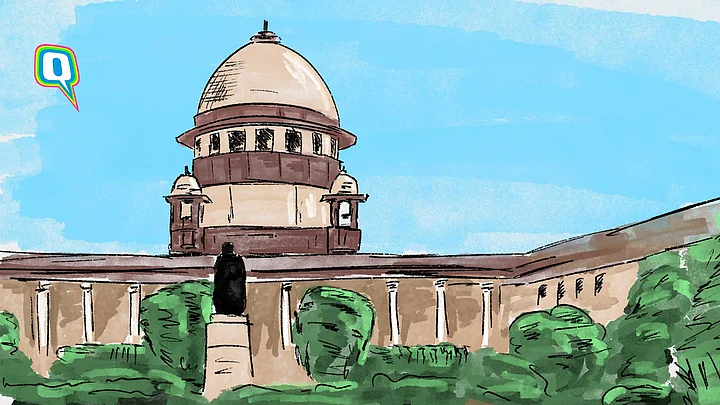Recently, a five-judge Constitution bench of the Supreme Court concluded a ten-day-long hearing in a batch of cases that had challenged the Bombay High Court’s judgement, which upheld reservation for Marathas up to 12 percent in jobs and education in Maharashtra.
Originally, the question before the Court was only whether this reservation breached the sacrosanct cap of 50 percent set by a nine-judge bench in Indra Sawhney vs Union of India. But over the course of the hearing, the court found itself muddling with many more constitutional issues having widespread consequences.
Revisiting Indra Sawhney
Passed in the backdrop of the “Mandal Commission Report” in 1992, the law laid down in Indra Sawhney has withstood the test of time in matters of affirmative action under Article 15 and 16 of the Indian Constitution.
However, in defence of the Maratha reservation, the Court has now been called upon to revisit the very basis on which the 50 percent cap was set in Indra Sawhney, being the Mandal Commission Report.
It was argued that the Mandal Report was formulated based on the census carried out in 1931 and that it did not reflect the present-day realities of India in terms of its population, its polity or the extent of social reality still prevalent.
Further, it was submitted that the judgement in Indra Sawhney was only meant to operate under Article 16(4) of the Constitution that covers reservations and adequate representation in public employment.
It did not mean to operate under Article 15, which allocates a wider sweep of power to the state in cases of affirmative action for “socially and educationally backward classes of citizens”.
103rd Amendment to the Constitution
It was also argued that the introduction of 10 percent reservations for Economically Weaker Sections (EWS) by way of the 103rd Constitutional Amendment, effectively overturned Indra Sawhney, as the judgement had forbidden reservation based on economic criteria.
Therefore, the Court now faces an uphill task to not only interrogate the extent of reservation permissible but also judicially investigate the criteria based on which reservation can be granted.
Centre-State Tussle
Also, at the heart of this challenge, one of the seminal issues faced by the Court is whether the states have any power to specify the groups that constitute socially and educationally backward classes, given Article 342A’s introduction by way of the 102nd Constitutional Amendment.
Therefore, in substance answer, whether Article 342A abridges the federal structure and the concurrent powers of the states to also classify and legislate under Article 15 and 16 of the Constitution. Contesting the Maratha Reservation, it was submitted that the power to classify Marathas as socially and educationally backward lied only with the President of India and therefore, the due procedure specified under Article 342A was not followed.
Supreme Court’s Prerogative
Amidst all the legal issues, what also will need to be answered by the Supreme Court is whether inherently in the overall scheme of the Constitution of India, does it have any prerogative to set any limit on the reservation permissible.
During the arguments, it was specifically submitted by senior advocate Kapil Sibal that “percentages per se are not within the scope of judicial review” and considering the vast diversity of this country, can a one-size-fit-all-approach be adopted.
Moreover, is there enough data available at the disposal of the Supreme Court in contrast to the Parliament, to decide the criteria and the extent of reservation applicable across the length and breadth of the Indian territory.
Conclusion
However, in the process of adjudicating on these significant constitutional issues, the Court can also not lose sight of the fact that the power of the state to make reservation emanates out from an exception carved to the overall Right to Equality (non-discrimination) Code under Article 14, 15, 16 and 17 of the Indian Constitution.
Therefore, can this exception be interpreted so widely to justify reservation beyond 50 percent and is reservation the only way for the emancipation of the vulnerable groups?
Additionally, a larger sense of anxiety also prevails whether the legislature is capable enough to keep its political motives aside and strike out a fair balance between the Right to Equality and the need for upliftment, on these highly contentious issues.
(Gaurav Rana is a practising advocate based in Pune and his areas of interest are Constitutional Law and Criminal law. Twitter: @FOLLOWGR. This is an opinion piece and the views expressed above are the author’s own. The Quint neither endorses nor is responsible for the same.)
(At The Quint, we question everything. Play an active role in shaping our journalism by becoming a member today.)
